A platform of proud and resilient Indian Muslims
About ICIM
Address
- Future Office: Brussels, Belgium (Capitol of European Parliament)
because of his significant contributions to the drafting process. He played a crucial role in shaping the document and ensuring that it reflected the principles of justice, equality, and social justice.
One of his most significant contributions was advocating for the inclusion of reservations for Scheduled Castes (formerly known as untouchables) and Scheduled Tribes in educational institutions and legislatures. These reservations were a means to rectify historical injustices and provide marginalized communities with opportunities for representation and advancement
Moreover, Dr. Ambedkar was instrumental in the constitutional prohibition of discrimination on the basis of religion, race, caste, sex, or place of birth. This anti-discrimination principle is enshrined in the Constitution and reflects his vision of a more equitable and inclusive India. His tireless efforts also led to the incorporation of Directive Principles of State Policy and Fundamental Rights, which emphasize justice, equality, and social justice. These principles guide the government’s policies and actions, ensuring that the welfare of all citizens remains a central focus.
The Constitution of India is the supreme law of the country, adopted on January 26, 1950. It is one of the world’s lengthiest and most comprehensive written constitutions and serves as the foundational document for the governance of the Republic of India
“Promoting Harmony, Equality, and Understanding: A Coalition of Indian Muslims Bridging Cultural and Religious Divides
In a world increasingly polarized by differences, the Unity Initiative stands as a beacon of hope and solidarity. Committed to fostering understanding and inclusivity, our coalition of Indian Muslims embarks on a mission to bridge the gaps that divide us. We reject all forms of hatred and discrimination, advocating for peace and respect among diverse communities.
